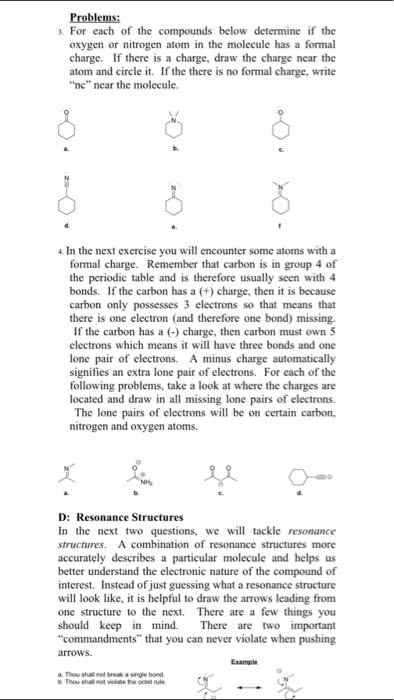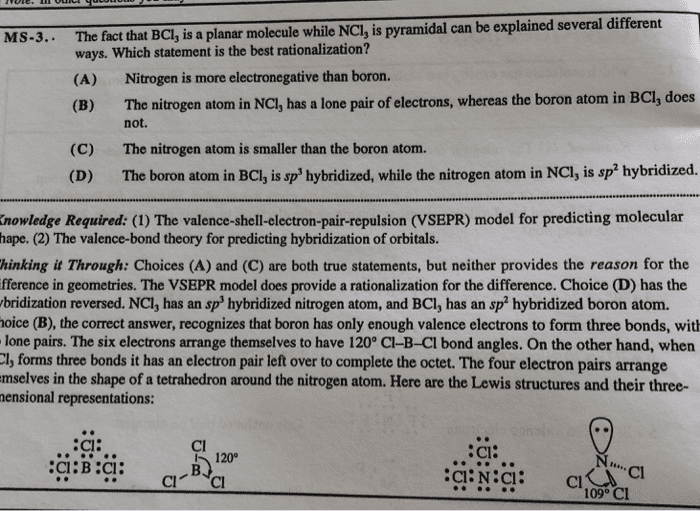CHEM 130 Lecture Notes - Lecture 12: Amide, Carbon-13 Nuclear Magnetic Resonance, Electron Diffraction
11 views2 pages
Document Summary
The amide is a very important group in nature since it is the link by which amino acids join together to form peptides, which make up the proteins in our bodies. The structure of this deceptively simple group has an unexpected feature, which is responsible for much of the stability of proteins. In the allyl anion, carboxylate, and nitro systems we had four electrons in the system spread out over three atoms. The nitrogen in the amide group also has a pair of electrons that could conjugate with the bond of the carbonyl group. Again, for effective overlap with the bond, the lone pair of electrons must be in a p orbital. This in turn means that the nitrogen must be sp2 hybridized. In the carboxylate ion, a negative charge was shared (equally) between two oxygen atoms. In an amide there is no charge as such the lone pair on nitrogen is shared between the nitrogen and the oxygen.
Get access
Grade+20% off
$8 USD/m$10 USD/m
Billed $96 USD annually

Homework Help
Study Guides
Textbook Solutions
Class Notes
Textbook Notes
Booster Class
40 Verified Answers
Class+
$8 USD/m
Billed $96 USD annually

Homework Help
Study Guides
Textbook Solutions
Class Notes
Textbook Notes
Booster Class
30 Verified Answers
Related textbook solutions
Chemistry: Structure and Properties
2 Edition,
Tro
ISBN: 9780134293936
Basic Chemistry
5 Edition,
Timberlake
ISBN: 9780134138046
Principles of Chemistry Molecular Approach
4th Edition,
Tro
ISBN: 9780134112831
Principles of Chemistry Molecular Approach
3rd Edition, 2014
Tro
ISBN: 9780321971944
Chemistry: Structure and Properties
2nd Edition,
Tro
ISBN: 9780134293936
Chemistry: A Molecular Approach
3rd Edition,
Tro
ISBN: 9780321809247
Chemistry: A Molecular Approach
5th Edition,
Tro
ISBN: 9780134874371
Principles of Chemistry: A Molecular Approach
4th Edition,
Tro
ISBN: 9780134895741
Chemistry: The Central Science
14th Edition, 2017
Brown
ISBN: 9780134414232

